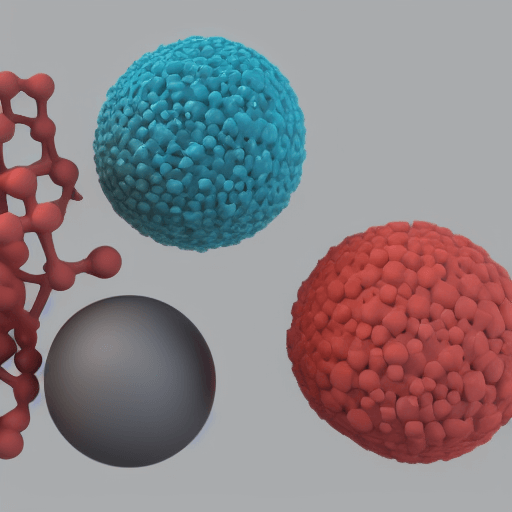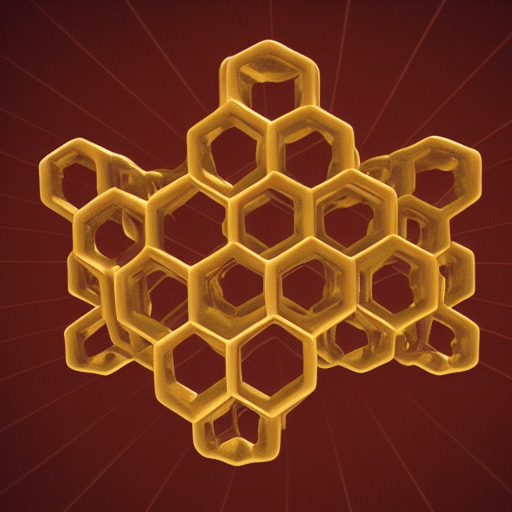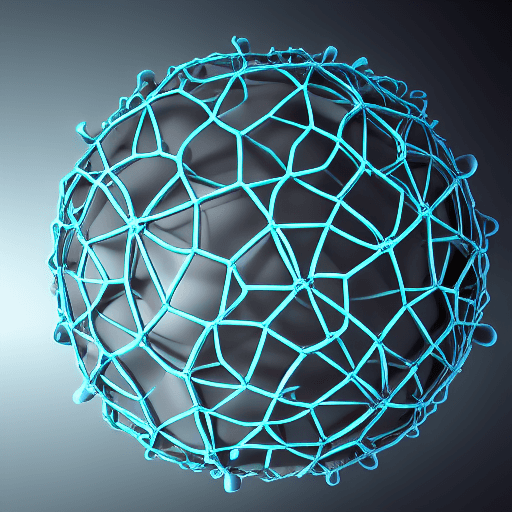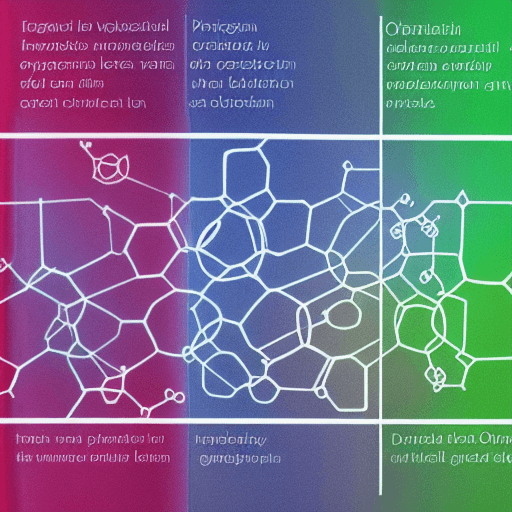Amine vs Amide – Are two functional groups that are found in organic molecules.
They have different properties and can be used for different purposes.
Let’s review the differences between amine and amide, and explore their uses in organic chemistry.
Amine and amide are both functional groups in organic chemistry.

An amine is a nitrogen atom bonded to two hydrogen atoms, while an amide is a nitrogen atom bonded to a carbon atom and a hydrogen atom.
Explain It To A Child
The two groups of molecules have different properties.
Amides are more stable than amines because the carbon-nitrogen bond is stronger than the nitrogen-hydrogen bond. Amides are also less reactive than Amines because the carbon-nitrogen bond is less polarizable than the nitrogen-hydrogen bond.
This means that amides are less likely to participate in chemical reactions.
What are amine and amide functional groups in organic chemistry?
In organic chemistry, functional groups are specific groups of atoms that are responsible for the characteristic chemical reactions of a molecule.
One type of functional group is the amine group, which consists of a nitrogen atom bonded to one or more hydrogen atoms.
- Amine groups are found in a variety of organic molecules, including proteins and enzymes.
Another type of functional group is the amide group, which consists of a nitrogen atom bonded to a carbon atom.
- Amide groups are found in many different types of molecules, including peptides and nucleotides.
What are the differences between amine vs amide groups?

Amines and amides are both families of organic compounds that contain nitrogen.
The key difference between amines and amides is that amines are basic in nature while amides are neutral.
In addition, amines can act as Bronsted-Lowry acids while amides cannot.
Amines are molecules that contain a nitrogen atom bonded to one or more alkyl groups. Amines can be classified into three groups: primary, secondary, and tertiary amines.
- Primary amines have one alkyl group bonded to nitrogen, secondary amines have two alkyl groups bonded to nitrogen, and tertiary amines have three alkyl groups bonded to nitrogen.
- The term “alkyl” refers to a hydrocarbon chain; common alkyl groups include methyl, ethyl, propyl, and butyl.
- Because amines contain a basic nitrogen atom, they can act as Bronsted-Lowry bases.
This means that they can accept protons from acids to form ammonium ions.
In addition, amines can act as Lewis bases; they can donate electrons to Lewis acids to form covalent bonds.

Amides are molecules that contain a nitrogen atom bonded to a carbonyl group. The carbonyl group is made up of a carbon atom double-bonded to an oxygen atom.
Like amines, amides can be classified into three groups: primary, secondary, and tertiary amides.
Primary amides have one alkyl group bonded to the nitrogen, secondary amides have two alkyl groups bonded to the nitrogen, and tertiary amides have three alkyl groups bonded to the nitrogen.
Unlike amines, however, amides cannot act as Bronsted-Lowry bases because the carbonyl group prevents the nitrogen from accepting protons.
In addition, because the carbonyl group is electron-withdrawing, it makes the nitrogen less electron-rich and therefore less able to donate electrons to Lewis acids.
As a result, amides cannot act as Lewis bases either.
Are there any other differences between amine vs amide functional groups

In addition to the differences in structure and reactivity, there are also some notable differences between amine and amide functional groups in terms of their physical properties.
For example, amines are generally more volatile than amides, meaning that they have a higher vapor pressure and are more likely to evaporate at room temperature.
This is due to the fact that amines have weaker intermolecular forces than amides.
Amides also tend to be less soluble in water than amines, thanks to the presence of the polar carbonyl group.
However, both amines and amides are relatively insoluble in organic solvents such as alkanes. This is because they are both polar molecules with strong intermolecular forces.
How do you distinguish an amine from an amide group?
There are two key ways to distinguish an amine from an amide group.
- The first is by looking at the functional groups present.
- Amines have a nitrogen atom bonded to one or more hydrogen atoms, while amides have a nitrogen atom bonded to a carbon atom.
- The second way to distinguish between the two is by looking at their reactivity. Amines are much more reactive than amides, due to the fact that they have a lone pair of electrons on their nitrogen atom.
- This lone pair makes them much more susceptible to attack by Lewis acids. As a result, amines are often used as nucleophiles in organic reactions, while amides are not.
Therefore, both amine and amide groups are important in biological processes, and they can be used to produce a variety of different products.
How do amine vs amide differ in terms of stability and reactivity
In simple terms, amines are basic while amides are neutral.
This means that amines will donate a proton while amides will accept a proton.
When it comes to stability, amines are more volatile because they have a higher vapor pressure. This is due to the fact that amines can hydrogen bond with each other while amides cannot.
When it comes to reactivity, amines are more reactive than amides because they can undergo reactions such as alkylation and acylation.
Amides, on the other hand, are less reactive because they cannot undergo these reactions.
What are some applications of amines and amides in organic chemistry?
Amines and amides are important functional groups in organic chemistry that are widely used in many different applications.
Amines are basic compounds that can be used to produce a variety of products, including dyes, drugs, and fertilizers.
Amides, on the other hand, are more versatile and can be used in everything from detergents to plastics.
In addition, amines and amides can be used to create new compounds with unique properties.
For example, additives like crosslinkers and surfactants can be created by the reaction of amines and amides with other molecules.
As a result, these functional groups play an essential role in the field of organic chemistry.
Article Sources
Jacks of Science sources the most authoritative, trustworthy, and highly recognized institutions for our article research. Learn more about our Editorial Teams process and diligence in verifying the accuracy of every article we publish.
